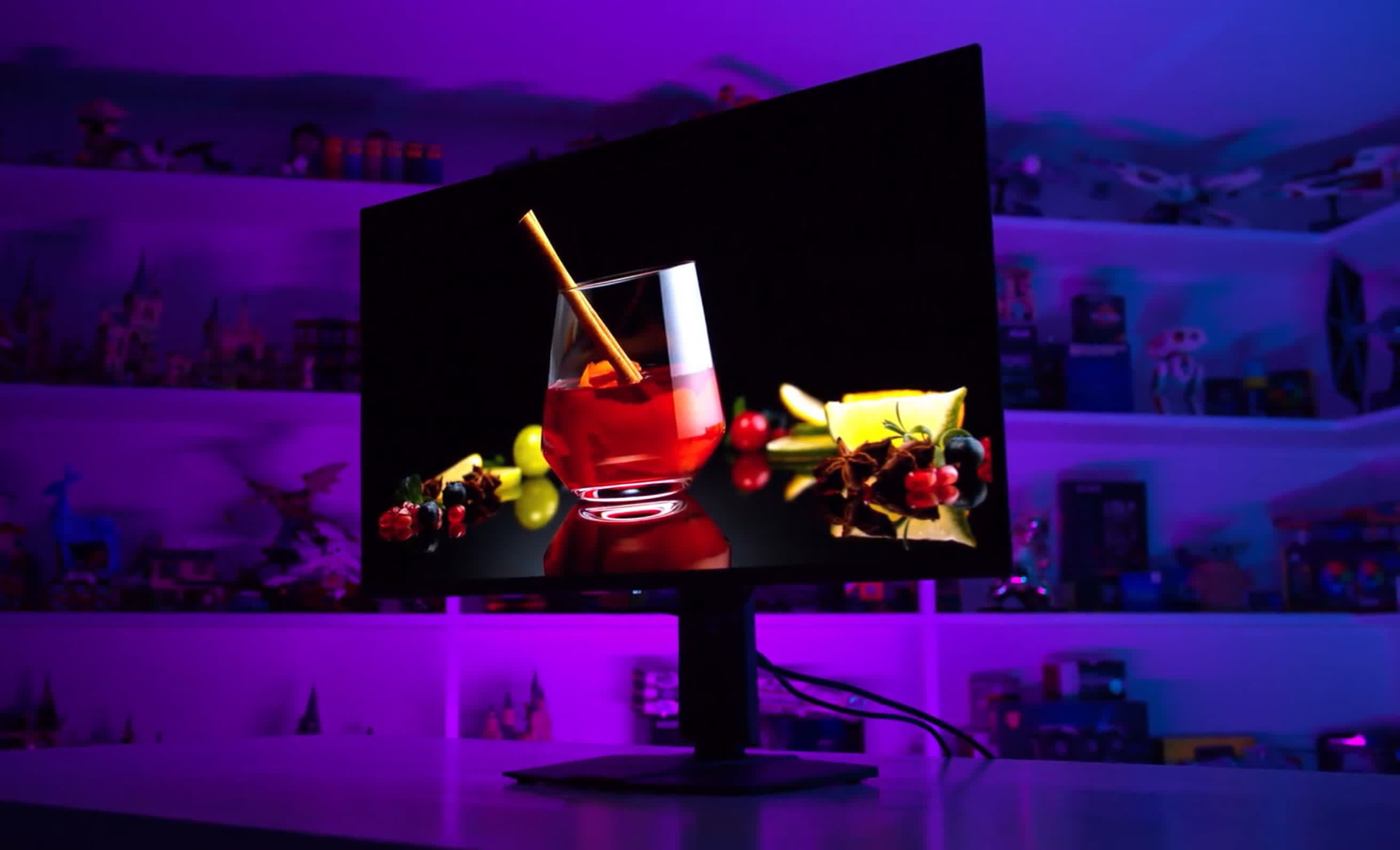The OLED Burn
We've been using the MSI MPG 321URX QD-OLED exclusively as a productivity monitor for the last six months,关键字3 and it's time to check in to see how the panel is holding up in terms of burn-in. Not much has changed in how we've been using this monitor – we've really been pushing it with a worst-case usage scenario for OLED – but there have been a few changes compared to the last time we checked for burn-in. If you missed the last two updates, we recommend going back and checking out at least the initial article to get an idea of the setup we're using and why we've chosen MSI's 4K 240Hz QD-OLED gaming monitor as our workstation display. Essentially, the idea here is to perform a real-world test of OLED longevity in the worst possible configuration, effectively burning in the display on purpose. We swapped a 32-inch 4K IPS LCD for this new QD-OLED and changed nothing else about the setup – no dark mode, no screensavers, or anything like that – to see if OLED monitors can truly be used as LCD-equivalent productivity displays long-term. I use my monitor more than 8 hours a day, sometimes continuously, with no breaks for the display to turn off and rest. This leads to hours upon hours of static usage in applications like web browsers, Microsoft Office (including Excel), and production tasks like Adobe Premiere and Photoshop. With virtually no content consumption and zero gaming in our daily use of this display, this is not how we recommend usingan OLED at all, though it's a use case that has been perfectly fine for LCDs for a long time. After one month of usage, the MSI 321URX showed no signs of burn-in at all, which was expected. At that point, we'd used the monitor for about 200 to 250 hours. After three months, we started to see faint signs of burn-in, and by that time, we'd used the display for approximately 650 to 750 hours with 71 panel compensation cycles. Six months into this experiment, we estimate the usage to be between 1,200 and 1,500 hours, and the monitor indicates that it has run 141 compensation cycles. This aligns with what we reported previously – about double the usage and about double the compensation cycles. We're still seeing around 9 to 10 hours of usage at 200 nits of brightness per compensation cycle. As we mentioned in the last update, the recommended rate for panel protection cycles is every four hours, so in our typical usage, it's running less than half as often as is ideal. However, this is a totally realistic scenario for someone using this display for full-time work, especially if you don't put the monitor to sleep during breaks. We've set the display to sleep after two hours, which is far longer than we would recommend for general OLED use, but it's the same setting we used for our LCD.

- 最近发表
- 随机阅读
-
- 喜茶巴黎快闪店开业,以真品质茶饮传递中国现代茶文化体验
- 潮汐守望者开服兑换码是什么 开服兑换码使用攻略
- 奇兵谋略最新兑换码大全一览
- Sáng nay Hà Nội bầu phó chủ tịch HĐND và UBND
- What Ever Happened to Netscape?
- RICOCHET Anti
- 家用垃圾桶有哪些分类该如何挑选
- 12 Titanic, Towering Toys
- บัวแก้วเผยถก JBC ไทย
- 英雄没有闪雷旋风技能搭配推荐攻略
- Call of Duty: Modern Warfare II and Call of Duty: Warzone Season 04 Reloaded: What You Need to Know
- RICOCHET Anti
- 王者荣耀s37赛季何时开启 s37赛季开启时间一览
- 《分手以前》(东方依依演唱)的文本歌词及LRC歌词
- 2025年跟单员工作总结(精选23篇)
- 三国战记怎么拖机不死
- No One is Buying AMD Zen 5 CPUs, So What's Going On?
- 不锈钢广州桶黄绿面板表面烤漆厂家批量出货图
- 初三议论文:谈诚信 15
- 14 Heists, Robberies, and Other Great Capers
- 搜索
-
- 友情链接
-